The Europeans have turned against America in the War On Terror. They believe that Americans don’t understand a thing about the world. That Americans are ignorant, shallow and drunk with military might. In such a people’s hands, all that weaponry and the willingness to use it poses a greater danger to the world, or more specifically to Europe, than even Osama bin Laden.
 |
| Browse Column |
America’s handling of Iraq is a perfect example. “We Europeans have a profound understanding of the local people,” they say. “You Americans don’t even know where Iraq is located on a map.”Thus think the Europeans.
Should America, and the rest of the world, listen? What is Europe’s lesson to humanity? What example have they set for the rest of us?
To answer this question, we at the eXile have decided to let ze Europeans speak for themselves. A sort of “Europe on Europe” primer. Nothing could better test the European sense of profound inter-ethnic understanding than studying how Europeans view their very own European neighbors.
And when you do that, you find something incredible: Bigotry and hatred are the bread and water of European life. This isn’t a vague, impersonal hatred; rather, it’s a profoundly evolved, carefully tailored hatred, a SMART Hatred if you will, tailored as tightly as a Swiss banker’s shirt towards the village over the hill, where your bosom enemies live.
Through hard and thorough research (ie., by pouring beer into the throats of selected Europeans and letting them rant), the eXile has managed to isolate and map the 18 fundamental hatred genomes that Europeans carry towards their neighbors — the RNA strand of Euro-hatred, if you like.
So put away your Lonely Planet guides, and pick up your Euro-Bigotry primer. It’s because of European hatred that the biggest massacres in human history have taken place. And the wonderful thing is, in spite of all the post-war European talk of peace and understanding, all the bigotries still live on, waiting for the day when they can transform Europeans back from harmless disco-dancing buffoons into the murderous village brawlers they once were, and may someday be again.
So here it is, the eXile European Hatred Genome map. Our gift to you. Europe’s gift to mankind.
Central Europe
Always respected as the deep, rich, thick heart of European ethnic strife, Central Europe has been in a rebuilding phase for the past half-century. A couple of four-year blood-binges took some of the fire out of the Heartlanders. These two world wars, which killed 70 million people, should be a lesson to us fans that there can indeed be too much of a good thing like ethnic hatred. Next time, Meine Herren, party hard but party safe!
* And as the genome-map below shows, you guys haven’t forgotten how to hate — or how to party hard. Yes, the old instincts have survived intact. The many colorful tribes of Europe’s deadly center are unshaken in their village hatreds. All they ask is that the world turn its stern, moralistic gaze away for a year or so. They’ll do the rest!
From Verdun To Srebrenica: You`ve Come A Long Way, Baby!
War Deaths in Europe
by decade
1900-1910: 5,000
1911-1920: 20,000,000
1921-1930: 3,000,000
1931-Sept.1939: 500,000
1940-1949: 49,000,000
1951-1960: 100,000
1961-1970: 2,000
1971-1980: 2,500
1981-1990: 3,000
1991-2000: 260,000
When you check out Europe’s shooting percentages over the last century, you can see that this is a very streaky performer who may have seen better days. Only a tantalizing little spike in the casualty rate for the 90s, provided by the ever-reliable Balkans, gives hope that Europe has some carnage left to give the world.
But before giving up on the old continent, let’s remember that Europe also started the 20th century in a slump, mired in a long, boring period of balance-of-power peace which was making red-blooded Europeans cranky. They missed the chance to indulge in their ancestral sport: village to village axe fights every Saturday night.
Everybody was glad when the Balkan Wars got the teams off to a bloody beginning, but not even the most wild-eyed optimists dreamed of the gore-orgy that kicked off in 1914. By the time the last weary celebrant trudged home five years later, there’d been enough splatter to satisfy Freddy Kreuger.
And for the few who couldn’t get enough, there was the Russian Civil War, a sort of after-hours club for trench junkies.
When peace of a sort broke out over Russia, there wasn’t much in the way of alternative entertainment until the Spanish Civil War of the mid-30s. And even this wasn’t so much a real war as a diary competition with casualties. It gave pencil-necked leftist geeks enough war stories to last several lifetimes, and provided the Luftwaffe and Red Army with excellent test conditions for their new weapons lines.
And what a wow they were, when the 1939 models hit the market. For the first time, Europeans could realize their ancient dream: not just chopping up a few of their neighbors, but annihilating every man, woman and child of them, once and for all. The new tools found willing hands, and by 1945, Europe had managed a stunning and impressive kill record which will probably remain unchallenged in our lifetime.
But that one great decade seemed to take a lot of punch out of the aging Europeans. The 50s were a near shut-out. Sure, Europeans were dying, in places like Vietnam, Malaysia and Algeria, but we’re not counting them. We’re measuring blood shed on the good old continent itself. And by that measure, the 50s were a drought, with nothing but the odd Greek commie or Hungarian anti-commie to pile on the bonfire.
The 60s were no better. Europeans still hated each other as warmly as ever, but no longer had the birth rate or team spirit to go out and kill for their convictions. Nothing but the odd bomb in Belfast, assassination in Bilbao, or tank-pedestrian match in Prague livened up a dull and hedonistic decade — a decade of shame for Europe.
The 70s and 80s offered little improvement. A few scores in supporating ethnic margins were all the newly-wealthy, selfish Europeans could manage. So-called “wars” like the over-publicized scuffles in Northern Ireland, generated fewer casualties than a holiday weekend in Chicago. While the rest of the world bubbled over with gore, Europe just couldn’t seem to get the old groove back.
And then, in the early 90s, when all hope seemed lost, the old troopers came through. The Balkans, stifled by decades of Tito-peace, broke out in a brilliant improv. They were short of personnel, fuel and equipment, but they made up for it with sheer blood-lust. It was a deeply touching reminder that the true European spirit can flourish even after years of pacifist repression.
So the old continent begins a new millennium, looking with pride at the small but encouraging statistical spike provided by a quarter million dead in a new and welcome round of Balkan wars.
Europe began the 20th century up to its axles in peace and then the Balkans show the way. Have the Balkans done it again a century later, and will Europe follow their shining path?
Only time will tell. But as new hate fills European hearts across the continent, the cry goes forth: “That village spoils the view!”
Read more: exile issue 151, Feature Story, Field Marshal von Paulus , eXile Classic


Got something to say to us? Then send us a letter.
Want us to stick around? Donate to The eXiled.
Twitter twerps can follow us at twitter.com/exiledonline




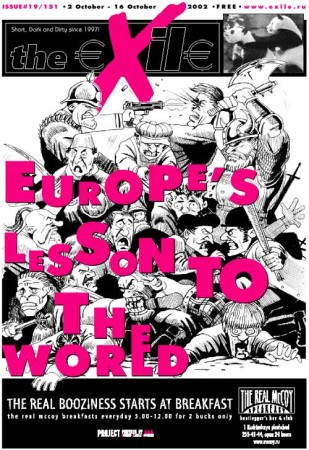

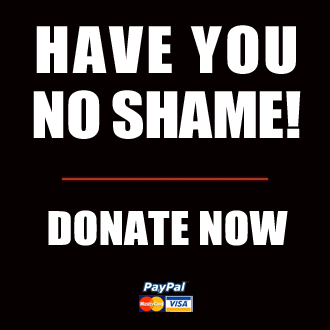
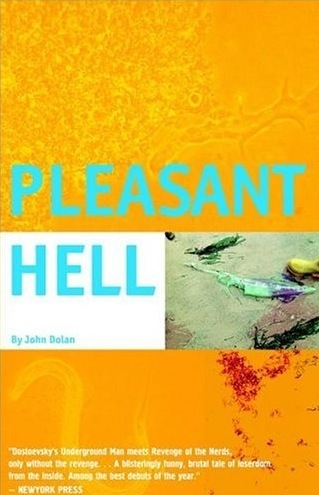

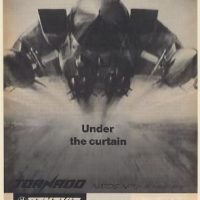
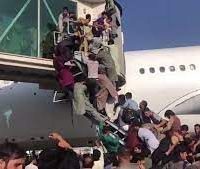
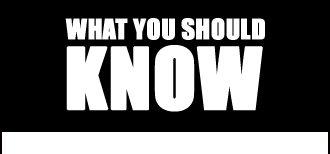
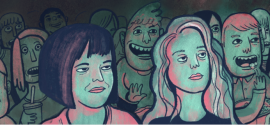

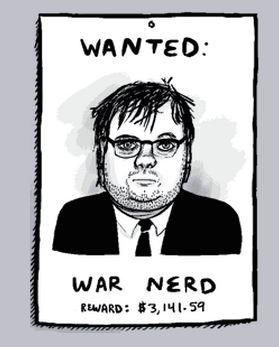
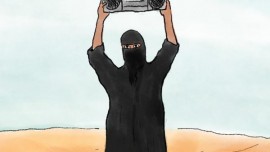
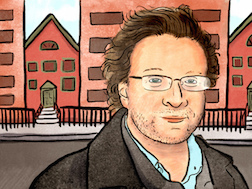
2 Comments
Add your own1. Salak | January 20th, 2009 at 3:27 am
Reading this I’ve realized how funny is to live in the intersection of the Balkan and the BBE.
2. Vendetta | December 13th, 2011 at 10:58 pm
This is gold.
Leave a Comment
(Open to all. Comments can and will be censored at whim and without warning.)
Subscribe to the comments via RSS Feed